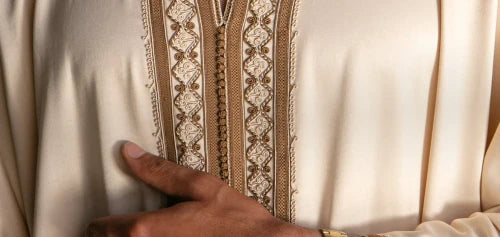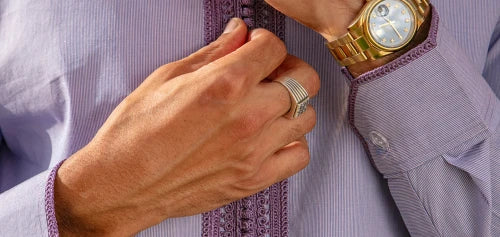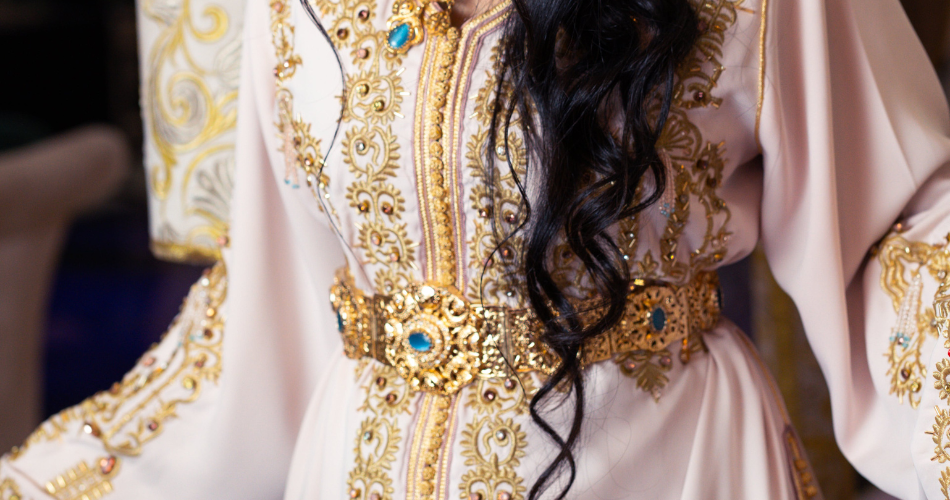The abaya has been a timeless staple in modest fashion, representing cultural identity and religious values. In recent years, designers have redefined the abaya by blending traditional elements with modern fashion trends, creating a new wave of garments that appeal to a global audience.
Global Parallels: Abayas, Maxi Gowns, and Beyond
Traditional garments like the maxi gown, Korean Hanbok, and Japanese Kimono share a commonality with the abaya: they blend modesty with elegant design. These garments, once considered purely traditional, have evolved to suit modern lifestyles, much like the abaya. The Korean Hanbok, for instance, has seen modern reinterpretations while maintaining its distinct structure. Similarly, abayas today are adapted to include more contemporary cuts while preserving their modesty. See some examples of modern Korean Hanbok styles at joteta.com.

Oversized and Flowing Silhouettes in Fashion
The rise of oversized and flowing silhouettes is one of the biggest trends in modern fashion. This style, seen in mainstream fashion brands and collections, emphasizes comfort and freedom of movement—principles that have long been a part of abaya design. Oversized fashion gives the abaya a contemporary edge and finish while staying true to its modesty roots. For an example of this trend, check out asos.com

Innovative Fabrics and Sustainable Trends
In response to growing environmental awareness, many designers are incorporating sustainable fabrics into their abaya designs. Materials like organic cotton and eco-friendly blends allow the abaya to evolve into a garment that’s both stylish and ethical. Haute Hijab, a leader in sustainable modest fashion, has embraced this movement by producing abayas with eco-conscious materials, showing how tradition and sustainability can harmoniously coexist.

Cultural Adaptation: The Abaya's Global Influence
Abayas are no longer confined to Middle Eastern fashion. They have become a global trend, with adaptations found in various cultures. In countries like the U.S. and the U.K., the abaya is embraced not just for religious purposes but also as a symbol of modest fashion. This influence can be seen in New York Modest Fashion Week, where designers from around the world display abayas that blend tradition with modernity. Learn more about the event here.
Balancing Fashion and Faith: The Importance of Preserving Modesty in Modern Islamic Wear
One of the challenges with modernizing Islamic wear is the risk of compromising modesty. In some cases, modern abayas or hijabs are designed with tighter fits or made from transparent fabrics, which can reveal more of the figure than intended. This can make the clothing less aligned with Islamic principles of modesty. For designers, it's crucial to balance contemporary trends with the needs of practising Muslims, ensuring that modesty remains a priority while still offering fashionable, practical garments. Keeping the target audience's values in mind is essential for success.
Redefining Modest Fashion for a New Generation
The modern abaya continues to evolve, reflecting a blend of cultural heritage and fashion-forward trends. Designers are breaking boundaries by incorporating modern styles, sustainable materials, and global influences, redefining what modest fashion means today. As the abaya adapts to the needs of the new generation, it remains a timeless piece, representing both elegance and modesty.









